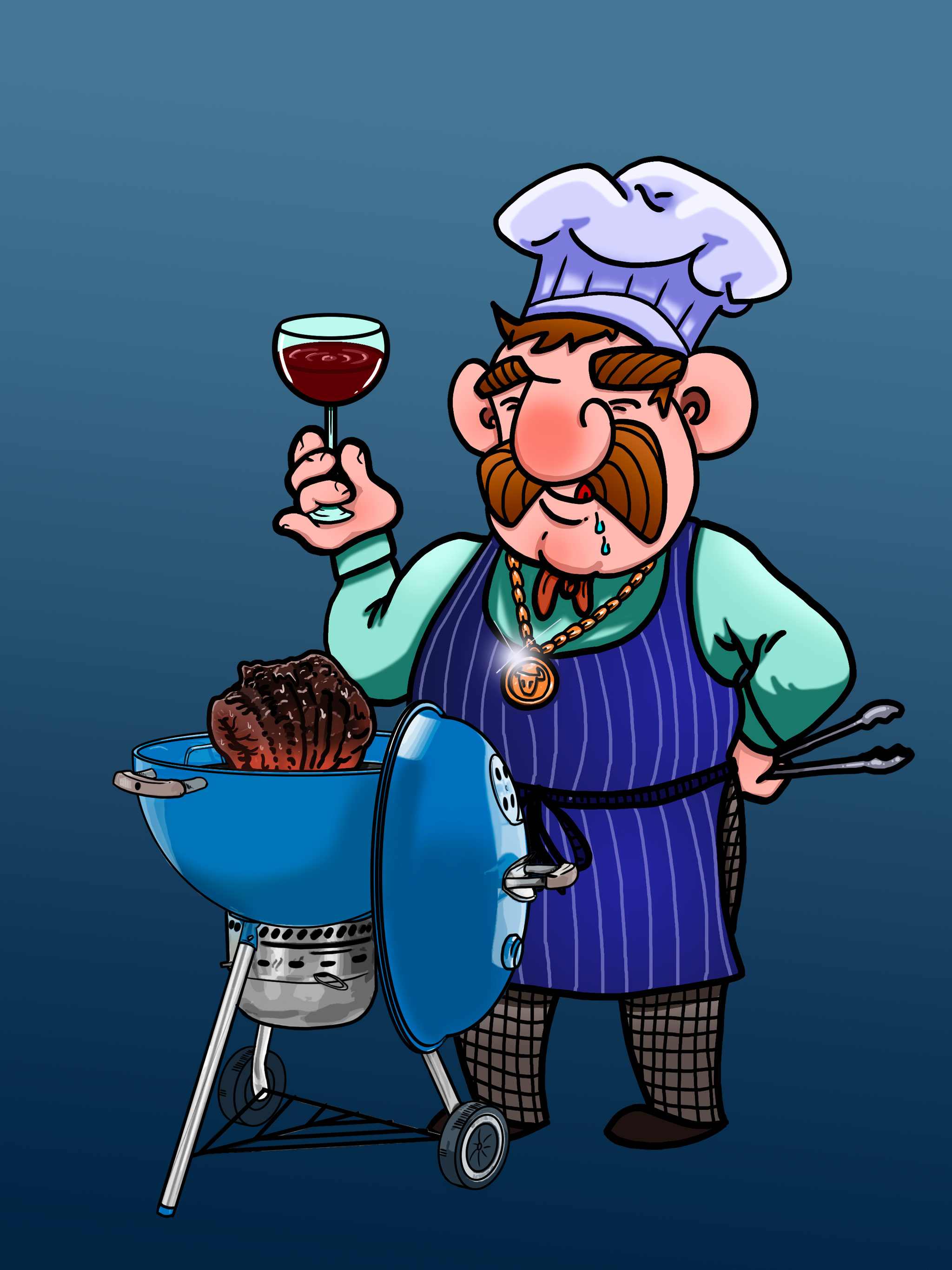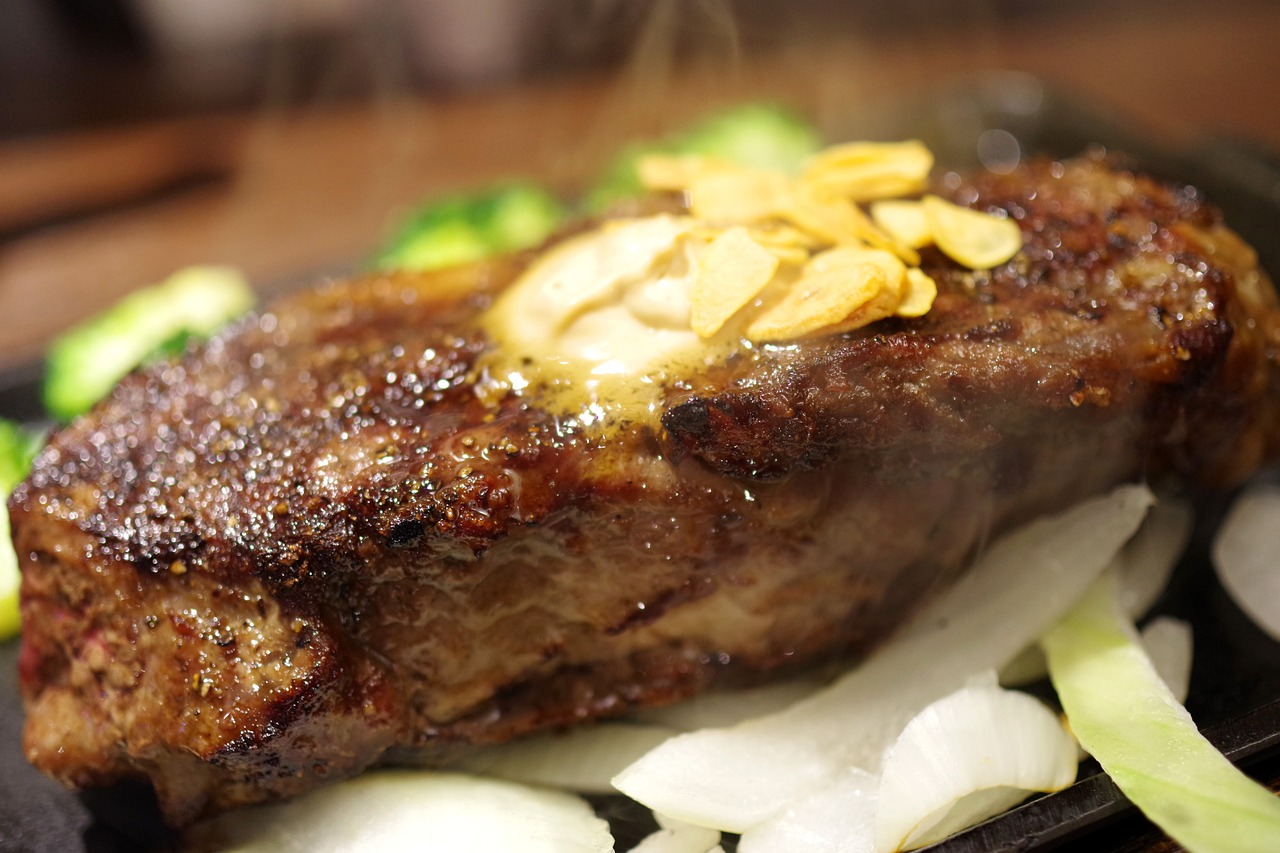When it comes to choosing beef cuts, understanding the differences between sirloin and topside can significantly enhance one’s cooking outcomes. Sirloin, a prime cut known for its tenderness and flavor, originates from the mid-back of the cow, specifically under the tenderloin. It’s highly regarded for steaks and can be a show-stopping centerpiece for a variety of meals. On the other hand, the topside is a leaner cut from the hindquarter just above the leg, favored for its beefy flavor and texture, and often selected for roasting owing to its size and consistent shape.
Both sirloin and topside offer distinctive experiences in terms of flavor, tenderness, and cooking methods, making them suitable for different types of dishes. Sirloin is preferable for quick cooking methods that highlight its soft texture, whereas topside is ideal for slow-roasting which brings out its flavor and ensures it remains juicy. Knowledge about these cuts, including their nutritional profiles and the best ways to cook them, empowers home cooks and chefs alike to make appropriate selections for their specific culinary needs.
Key Takeaways
- Understanding each cut’s characteristics is crucial for culinary success.
- Sirloin offers tenderness ideal for quick cooking, topside is suited for roasting.
- Both cuts have unique nutritional profiles, influenced by their respective fat contents.
Definition and Origins
In the world of beef cuts, sirloin and topside are both prized for their flavor and versatility. Understanding their unique characteristics and historical background can enhance appreciation for these cuts.
Definition of Sirloin
Sirloin refers to a cut of beef from the lower part of the back, where the last ribs are. This section is further divided into top sirloin and bottom sirloin, with the top sirloin being more tender. Cut of beef origins and definitions can be nuanced, but specifically, the sirloin is known for a balance of tenderness and flavor.
Definition of Topside
Topside, in contrast, denotes the side of beef that is situated at the top of the leg and is known as a lean, boneless cut. It is often used for roasting or slow-cooking methods to maintain tenderness. Where sirloin offers a balance, topside is characterized by its leanness.
Origins of Sirloin
The origins of the sirloin name are often linked to an apocryphal story involving English royalty. Despite these tales, the sirloin’s etymology is more likely grounded in the Old French term surlonge, meaning “above the loin”. Insights into the etymology of sirloin dismiss fanciful narratives and shed light on its linguistic roots.
Origins of Topside
Topside beef does not boast a storied past akin to the sirloin cut. Its name is quite literal, referring to its positioning on the top side of the cow, primarily used in British English to denote this particular cut of beef. The term aligns with the straightforward naming conventions typically found in butchery.
Comparison of Sirloin and Topside
When comparing sirloin and topside cuts of beef, discerning chefs and diners focus on their distinct taste profiles, differing textures, and how best to harness their qualities within various cuisines.
Taste Profile
Sirloin: This cut boasts a robust beefy flavor, enhanced by moderate marbling throughout the meat. It’s a balance of tenderness and taste that lends itself well to recipes requiring minimal seasoning or sauce to bring out its natural savor.
Topside: Often considered lean and mildly flavored, topside benefits from the addition of aromatic herbs and slow cooking techniques to develop its flavor profile.
Texture Characteristics
Sirloin: A tender cut that cooks well at high temperatures, resulting in a juicy piece of meat with a pleasing bite that’s not overly chewy or tough.
Topside: Characterized by its finer grain, topside has a firmer texture that can become tough if overcooked. Hence, slow roasting is recommended to maintain tenderness.
Common Uses in Cuisine
Sirloin: A versatile favorite, sirloin steaks are often grilled or pan-seared to highlight their natural qualities. They are also prime candidates for dishes such as steak salads, stir-fries, and sandwiches.
Topside: This cut is traditionally used for pot roasts, stews, and braised beef dishes. Its low-fat content makes it suitable for healthier meal options when prepared with care.
Nutrition and Health Aspects
Both sirloin and topside cuts of beef are nutritious options that provide essential nutrients. They differ in fat content and tend to be incorporated differently depending on dietary goals and needs.
Nutritional Values
Sirloin:
- Calories: Moderate
- Protein: High
- Fat: Lower than topside
Sirloin, being a leaner cut, contains less fat than many other cuts of beef, which may make it a better choice for those looking to reduce caloric intake from fats.
Topside:
- Calories: Moderate to High
- Protein: High
- Fat: Higher than sirloin
Topside offers a richer taste due to its higher fat content, however, it is still considered a lean cut and is packed with protein, which is vital for muscle repair and building.
Dietary Considerations
When incorporating beef into a diet, consumers often weigh the health impacts of saturated fat and cholesterol. It’s recommended to choose leaner cuts like sirloin if one is concerned about heart health. However, for those requiring more calories, especially athletes or others with high energy expenditure, the slightly higher fat content of topside can provide a beneficial energy source.
Both cuts also supply essential nutrients, such as iron, zinc, and B vitamins, which are important for overall health and metabolism. Portion control and preparation methods remain crucial to maximize the health benefits while managing caloric and fat intake.
Cooking Tips and Techniques
To achieve the perfect preparation for both sirloin and topside cuts, one must understand their unique characteristics and the strategies for cooking that suit each type best.
Best Practices for Sirloin
The top sirloin is a prized cut for its balance of tenderness and flavor, responding excellently to dry heat cooking techniques. Here’s how to handle it:
- Grilling/Broiling/Pan-searing: To enhance flavor and create a crust, cook top sirloin using high-temperature methods. Always allow the meat to reach room temperature before cooking to ensure even heat distribution. Learning how to cook this cut involves preheating your grill or pan to a high temperature, allowing the meat to develop a flavorsome sear. For an optimal balance of tenderness and taste, aim for an internal temperature of around 135°F for medium-rare doneness, checking with a meat thermometer.
Best Practices for Topside
Topside beef is lean and flavorful, ideal for slow roasting. The best results come from a few key steps:
- Roasting: To maximize moisture and flavor, roast topside with a layer of fat facing upwards, permitting the fat to baste the meat during the cooking process. Rubbing with herbs, oils, and seasonings adds extra dimensions to its taste profile. Preparing topside involves slow cooking, which allows the meat’s fibers to break down, resulting in pull-apart tenderness. Adding liquids such as stock can also help in maintaining the meat’s moisture, as recommended by sources like The Village Butcher.
By adhering to these specific cooking techniques, chefs can bring out the best in the texture and flavor of both the sirloin and topside cuts.

